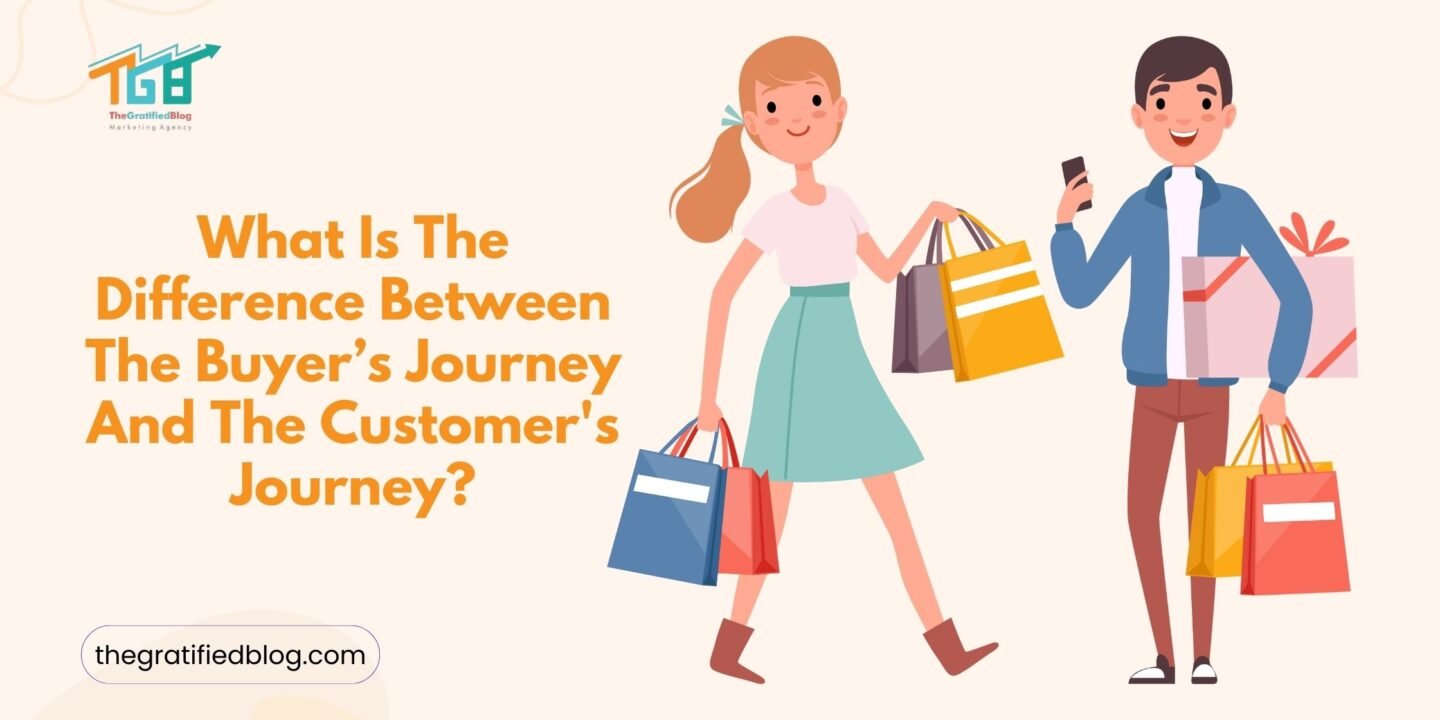
In the ever-evolving world of marketing and sales, understanding potential buyers and customers’ paths can be crucial to a business’s success. Two key concepts often come into play when strategising how to attract and retain customers: the buyer’s and customer’s journeys. While these terms are sometimes used interchangeably, they represent distinct phases of interaction with a business. This blog, “What is the difference between the buyer’s journey and customer journey?” aims to clarify their differences, exploring their unique characteristics, stages, and strategies businesses can employ at each step.
What Is The Buyer’s Journey?
The buyer’s journey refers to the process a potential customer goes through, from the initial awareness of a need or problem to the final decision to purchase a product or service. It is a framework that helps businesses understand potential buyers’ thought processes and behaviours as they move from considering a product to making a purchase decision.
What Are The Stages Of The Buyer’s Journey?
The buyer’s journey is a framework that outlines the process a potential customer goes through before making a purchase decision. It typically consists of three main stages:
- Awareness Stage:
- Definition: In this stage, the buyer becomes aware of a problem or need. They may not yet know about your product or service; they are merely identifying their pain points.
- Example: A person realises they are frequently fatigued and starts to consider that their diet might lack essential nutrients.
- Strategy: Content marketing strategy is crucial here. Educational blog posts, whitepapers, and infographics can help raise awareness about the problem and subtly introduce your brand as a potential solution.
- Consideration Stage:
- Definition: The buyer clearly defines their problem and researches possible solutions. They start comparing different products or services that could address their need.
- Example: The person with fatigue starts researching various dietary supplements and natural remedies that could help increase their energy levels.
- Strategy: Comparison guides, detailed product descriptions, webinars, and case studies can help potential buyers evaluate their options and understand your product’s benefits over others.
- Decision Stage:
- Definition: The buyer makes a final decision on which solution to purchase. They are narrowing down their choices and are ready to commit.
- Example: After thorough research, the person decides to buy a specific brand of multivitamins that promises to boost energy and overall health.
- Strategy: At this stage, providing product demos, free trials, testimonials, and a clear call to action can help seal the deal. It’s also a good time to offer special discounts or incentives to encourage immediate purchase.
What Is The Customer’s Journey?
On the other hand, the customer’s journey encompasses the entire customer experience with a business, from the first point of contact through post-purchase interactions and beyond. It is a broader concept that includes the buying process and the ongoing relationship between the customer and the brand.
What Are The Stages Of The Customer’s Journey?
The customer’s journey encompasses the entire experience a customer has with a company, from initial contact through post-purchase and beyond. It typically includes the following stages:
- Initial Contact:
- Definition: This stage includes the customer’s first interaction with your brand, which might occur through marketing campaigns, advertisements, social media, or referrals.
- Example: The person interested in dietary supplements comes across a social media ad for your product and visits your website.
- Strategy: Ensuring a positive and memorable first impression is key. A user-friendly website, engaging social media presence, and responsive customer service can help create a favourable initial contact.
- Onboarding:
- Definition: This stage involves guiding the customer through becoming familiar with your product or service after purchasing.
- Example: After buying the multivitamins, the customer receives a welcome email with information on how to use the product effectively and access to customer support.
- Strategy: Clear instructions, tutorials, and customer support can enhance the onboarding experience. Ensuring the customer feels supported and valued can increase satisfaction and loyalty.
- Usage:
- Definition: This stage involves the customer’s actual product or service use. Businesses must ensure that the product meets or exceeds customer expectations.
- Example: The customer takes multivitamins daily and monitors their energy levels.
- Strategy: Collecting feedback, offering tips and resources for optimal use, and addressing any issues promptly can help maintain a positive experience during this stage.
- Retention:
- Definition: This stage keeps the customer engaged and encourages repeat purchases or ongoing service use.
- Example: The customer feels the benefits of the multivitamins and considers buying other health products from your brand.
- Strategy: Implementing loyalty programs, sending personalised recommendations, and maintaining regular communication can help foster long-term relationships and repeat business.
- Advocacy:
- Definition: In this stage, satisfied customers become brand advocates, recommending your products or services to others.
- Example: The customer shares their positive experience with the multivitamins on social media and recommends the product to friends and family.
- Strategy: Encouraging and rewarding customer referrals, highlighting testimonials, and engaging with customer reviews can amplify the impact of advocacy.
What Is The Difference Between The Buyer’s Journey And Customer Journey?
The Buyer’s Journey and Customer Journey are essential concepts in marketing and sales, but they focus on different stages of the interaction between a business and its clients. Here’s a detailed look at each:
1. Scope and Duration
- Buyer’s Journey: The scope is relatively narrow, focusing primarily on the process leading up to the purchase decision. The duration is typically shorter, ending once the purchase is made.
- Customer’s Journey: The scope is broader, encompassing the entire lifecycle of the customer’s relationship with the brand. The duration extends beyond the purchase to include usage, retention, and advocacy.
2. Objectives and Goals
- Buyer’s Journey: The primary objective is to convert a potential buyer into a paying customer. The goal is to guide the buyer through decision-making and closing the sale.
- Customer’s Journey: The objectives include making the initial sale, ensuring customer satisfaction, fostering loyalty, and encouraging advocacy. The goal is to build a long-term relationship that benefits both the customer and the business.
3. Strategies and Tactics
- Buyer’s Journey: Strategies focus on attracting and converting leads through content marketing, product demonstrations, and sales tactics. The emphasis is on providing information and building trust to facilitate purchasing decisions.
- Customer’s Journey: Strategies are more comprehensive, involving customer engagement, support, retention programs, and advocacy initiatives. The emphasis is on delivering a positive overall experience and maintaining an ongoing relationship.
Integrating The Buyer’s Journey And The Customer’s Journey
While the buyer’s and customer’s journeys are distinct but interconnected and complementary. A seamless transition from one journey to the other can enhance customer satisfaction and drive business growth. Here are some strategies for integrating the two journeys effectively:
Unified Customer Data
Maintaining a unified database that tracks interactions and behaviours across both journeys can provide valuable insights. This data can help businesses personalise marketing plan, anticipate customer needs, and deliver a cohesive experience.
Consistent Messaging
Ensuring consistency in messaging and branding across all stages of both journeys can build trust and reinforce the brand’s value proposition. This includes maintaining a consistent tone, visual identity, and messaging across marketing, sales, and customer service channels.
Cross-Functional Collaboration
Encouraging collaboration between marketing, sales, and customer service teams can help create a seamless experience. By sharing insights and aligning strategies, these teams can work together to support the customer throughout their entire journey.
Customer Feedback Loops
Implementing feedback loops that capture customer insights at various stages can help identify areas for improvement and drive continuous enhancement of both the buyer’s and customer’s journey. Surveys, reviews, and direct feedback mechanisms can provide valuable input.
Conclusion
Understanding the differences between the buyer’s and customer’s journeys is crucial for businesses aiming to attract, convert, and retain customers effectively. While the buyer’s journey focuses on the path to purchase, the customer’s journey encompasses the entire relationship between the customer and the brand.
By recognising each journey’s unique characteristics and stages, businesses can develop targeted strategies to enhance the overall customer experience. Integrating these journeys through unified data, consistent messaging, cross-functional collaboration, and feedback loops can increase customer satisfaction, loyalty, and advocacy.
In today’s competitive landscape, prioritising both the buyer’s and customer’s journeys can be the key to sustainable growth and long-term success. By understanding and addressing the needs and expectations of buyers and customers at every stage, businesses can build strong, lasting relationships that drive ongoing value for both the customer and the company.


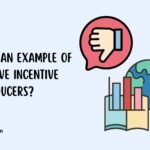

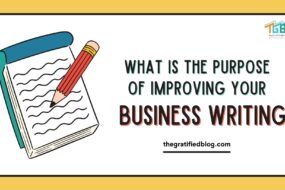
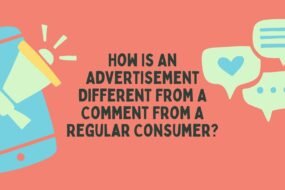
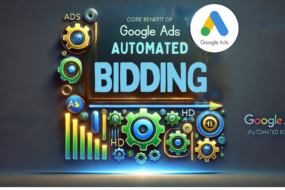
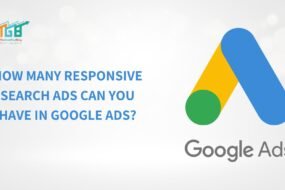
No Comments